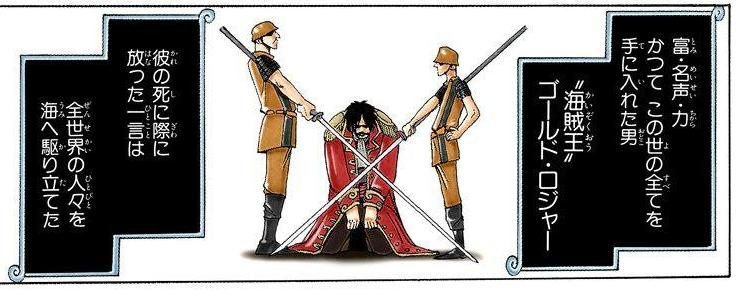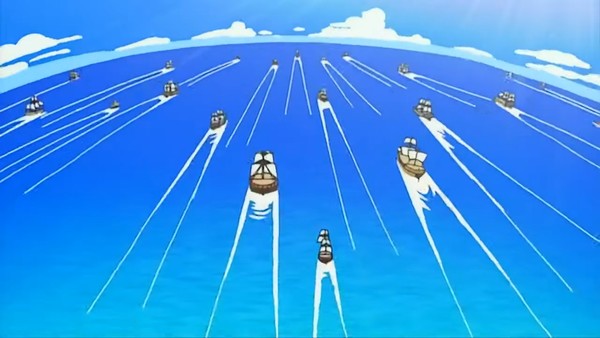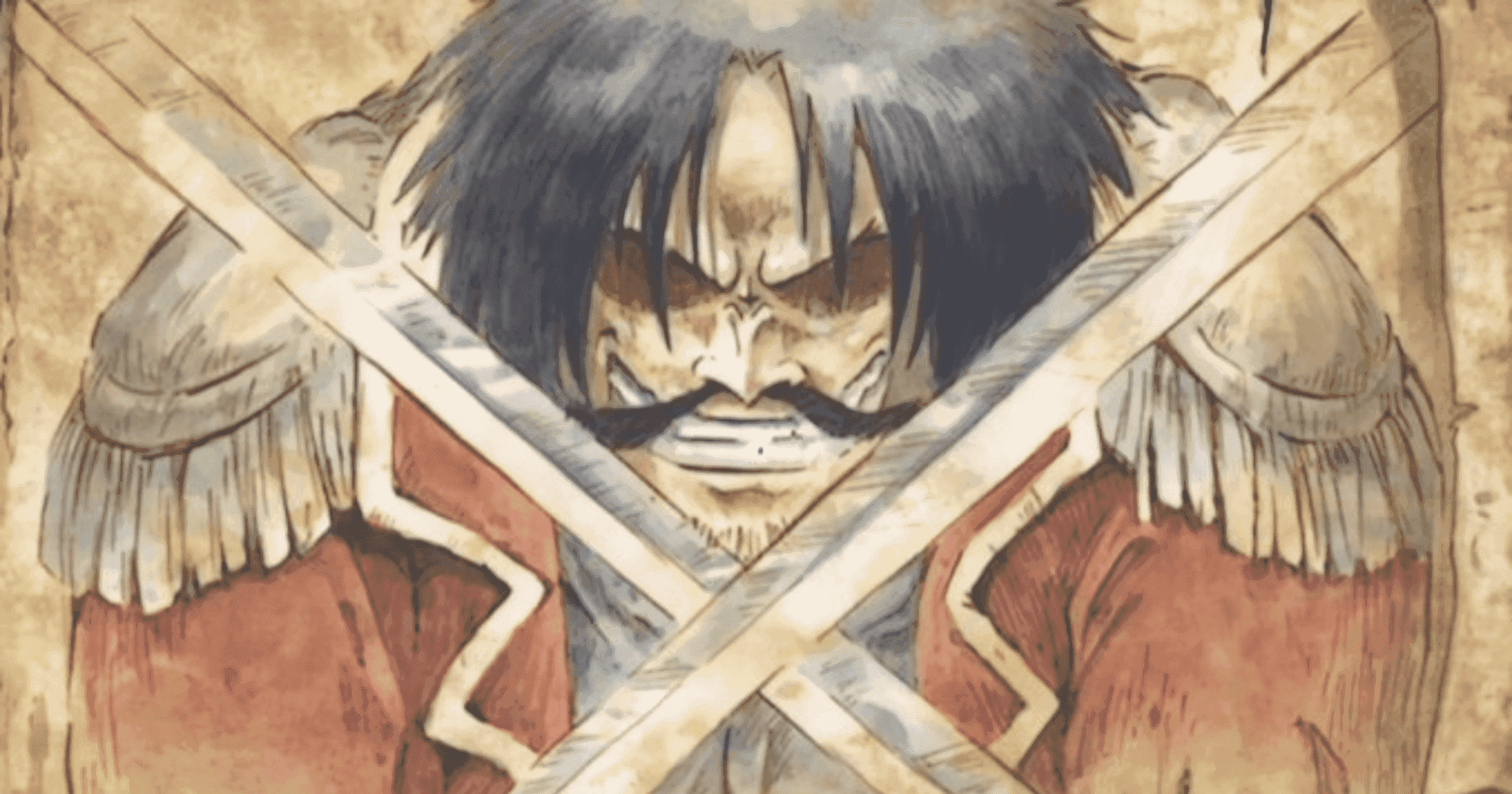Introduction
Japanese is an extremely hard language, in effectivelanguagelearning.com, which measures the difficulty of learning a language, it is marked as the most difficult language to learn for a native english speaker.
So why would someone decide to learn it? Of course to read One Piece in original! But, icing on the cake, even if One Piece is aimed to a teen audience, its language is very difficult and harder than your average shonen manga.
Online you can find someone saying that you should be at least JLPT N3 level before being able to read it, which means memorizing nearly 650 kanjis and nearly 4000 words!
In this small series I’ll try to translate the first balloons of the first chapters of one piece, aiming to analyze the kanjis and the grammar.
Let’s start with the first sentence of the series.
If you read One Piece, you know this by memory. The official translation is: Wealth, Fame, Power.
Let’s analyze the words!
First word: 富
The first kanji is 富, and the small characters you see above it are the furigana, kana characters meant to display how the kanji is read, so that you can read it even if you don’t know it.
The reading in this case is とみ (TO-MI), which means “wealth, enrich, abundant“. As you may know, kanjis have more than one reading, for example those are other words that use this kanji:
- 富む (TO-MU) which means “to be rich”
- 富士山 (FU-JI-SAN), which means “Mt. Fuji”. Literally the kanjis mean wealth-gentlement-mountain
Now, we can analyze this kanji by asking “how do people memorize them?”. To do that, you usually look at the radical and the parts of the kanji, and build up a story to remember it.
In this case, the radical is 宀 (crown, roof) . This doesn’t say much, it’s just used to search it in the dictionary. But all its parts are:
- 一, one
- 口, mouth
- 宀, shaped crown, roof
- 田, rice field
Now, we could make up a story ourselves, but of course there are dozens of already made story for us. I usually look them up on koohii.com, that contains a lot of user made stories and it also allows you to add your own.
In this case, we search for one we like and makes sense, like “A house 宀 with only one 一 mouth 口 to feed and a rice field 田 has a lot of wealth.“
So, instead of memorizing the full shape of the kanji, we just need to memorize these 4 parts and the story to join them. This method is very handy and very fast, as you only need to study the kanji parts (which are reused a lot) and the story associated to the meaning.
Let’s continue with the next word, composed by two kanjis.
Second word: 名声
The word, read MEI-SEI, means fame, reputation, renown. I already know the first kanji 名 (NA), which by itself means name.
It is composed by evening 夕 and mouth 口, and my story for it is that in the dark of the evening, you have to shout your name with your mouth to be recognized! A bit long, yes, but it’s a simple kanji so it’s not too hard to remember it.
Since the first kanji means name, the second one should be something that “alters” this meaning to compose it and create the new one. After searching it in the dictionary by radical, I found out that 声 (KO-E) means voice.
It is composed by 士 (gentlement, samurai) and 尸 (corpse, flag). We can remember it with the story “When the enemy samurai’s flag is raised, you have to cut it in half and shout with all your voice!“
Now, the word is composed by “name” and “voice”, so it’s easy to link it to the “fame” meaning. If you are famous, then your name is always in the voice of the people. Makes sense? Let’s continue with the last word!
Third word: 力
This time, there’s nearly nothing to say about CHI-KA-RA. This is a radical, so we cannot split it in sub-kanjis anymore. It simply means power and you have to memorize it! But we still can make up a story for it. If we continue with the medieval japan and samurai allegory, we can associate power with the katana, which in the phonetic alphabet is written as カタナ, in which the first character is nearly the same!
Conclusion
I guess you are convinced now by how hard Japanese is to read, and we didn’t even look at a sentence with grammar in it!
Let’s try to decompose what we saw:

Aaaand that’s it. Next time we will continue with the second sentence, and in a span of 650 years we should finish the first volume!





One Response